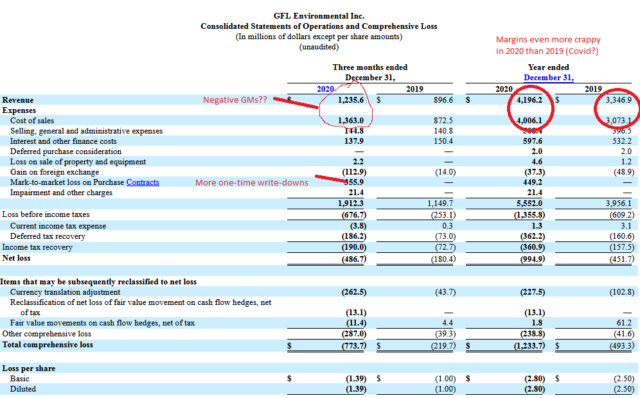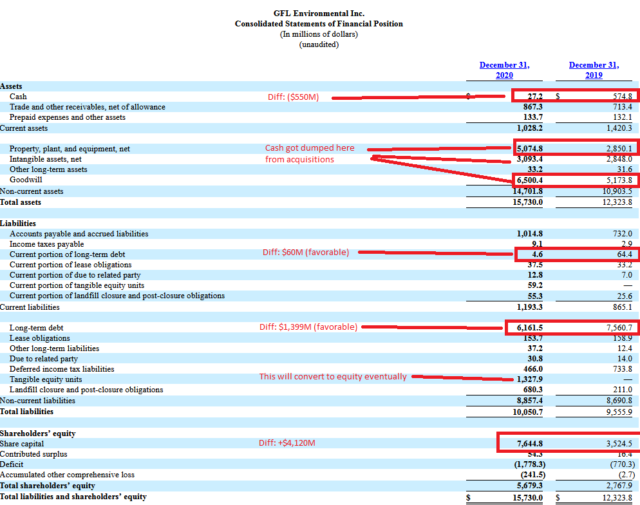BWX Technologies (NYSE: BWXT) has a huge competitive advantage – their primary business is the engineering and production of nuclear reactors for US Navy vessels (including aircraft carriers and submarines). Here’s the amusing movie clip that comes to mind:
The company is undergoing a significant capital expenditure which will end in 2022 that will facilitate future projects. The nuclear vessel business is stable, but the ability for the company to branch off in other industries (nuclear medicine, power generation and nuclear space technologies) make them appear to be a fairly cheap entry for a very limited number of investments in this domain (most of which are very diluted with other businesses, such as GE).
I’ll skip the financial analysis. I’ve performed it, but do not wish to write about it.
I do not know why they sold off this morning (they released earnings and Form 10-K yesterday evening), but those nimble got a mild discount. I originally took a position in them during the Covid crisis and still am holding onto it. Percentage-wise, it has not performed nearly as well as the rest of the portfolio, but the risk-reward ratio is very acceptable. They also raised their quarterly dividend from $0.19/share to $0.21/share, but this is not relevant in the investment decision.

